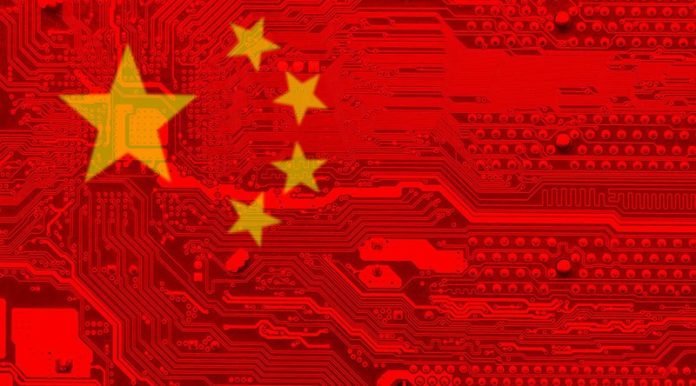
The China Center for Information Industry Development (CCID) released the second iteration of its monthly Global Public Chain Technology Evaluation Index. As part of the Ministry of Industry and Technology Information, the CCID is releasing the monthly reports on behalf of the Chinese government. The public index, which the Chinese government called the first of its kind, was first released last month.
According to domestic news outlet Cena News, the organization unveiled this month’s index on June 20, 2018, at the Shanghai Science Hall.
In the fresh report, EOS has supplanted Ethereum as the number one rated asset. Ethereum, now number two on the list, is followed by NEO, Stellar, Lisk and Nebulas, respectively.
The report’s top 15 assets are as follows:
- EOS (161.5)
- Ethereum (138.4)
- NEO (109.0)
- Stellar (108.3)
- Lisk (105.3)
- Nebulas (105.3)
- Steem (104.5)
- Bitshares (104.1)
- Ripple (102.9)
- Qtum (100.3)
- Waves (100.2)
- Cadano (96.1)
- Monero (95.9)
- Ark (95.0)
- Ethereum Classic (94.8)
Perhaps more noteworthy, Bitcoin has fallen out of the report’s top 15. Cryptocurrency’s flagship coin received a less-than-impressive grade in the CCID’s inaugural report with a 13th place ranking. But now, at 17th, it has depreciated even further in the eyes of the report’s authors.
These authors are “first-rate domestic experts and scholars,” according to the CCID. The working group also evaluated the new grades using additional parameters and revamped algorithms, the CCID claims.
“The second-phase assessment model has been optimized compared to the first phase. The security assessment algorithm has been improved and the evaluation indicator for ease of deployment of public-chain nodes has been added,” the center indicated.
Still, the foundational metrics of the report are the same. Above all else, the center still judges each cryptocurrency based on technological fundamentals, applicability/real-world usability and level of innovation.
Apparently, EOS met each criteria with more than enough wiggle room to inch its way into the report’s top position.
“The EOS main network went live on June 10. Although there was an accident such as a short-term suspension, it was highly active in technological innovation, and the software update speed was still one of the new generation public chains that are currently most concerned by the industry,” the CCID stated, explaining its reasoning.
The center did admit that “due to [EOS’s] short online time, the stability of the network remains to be observed.” Even so, the platform earned a 161.5 overall grade — 30 points more than Ethereum’s rating when it took the top spot last month.
Consequently, EOS is entering the limelight of the CCID’s report at a time when it’s under the scrutiny of the international cryptocurrency community. After a near-faltering launch of its main net two weeks ago, the platform has attracted criticism for account freezes and network censorship.
According to private Telegram correspondence, the EOS Core Arbitration Forum (ECAF) instructed the network’s 21 block producers to freeze all transaction activity for 27 public keys. The order, signed by Interim Emergency Arbitrator Sam Sapoznick, freezes the accounts without justification. The document concludes that “the logic and reasoning for this order will be posted at a later date.”
This is not the first time EOS block producers have put a stopper in account activity. On June 17, shortly after the EOS main net went live, they froze seven accounts that were allegedly involved in cyber theft.
Some community members have taken these account suspensions as proof that EOS is not as decentralized as it may claim. In response to the initial freezes, Charlie Shrem, for instance, tweeted, “If you can freeze reverse, control anyone’s accounts by the single a few. What’s the point of a cryptocurrency?”
Speaking to the EOS constitution, the document that vests block producers with their censorship capabilities, Nick Szabo’s has also taken to Twitter to criticize EOS’s governance structure.
“In EOS a few complete strangers can freeze what users thought was their money. Under the EOS protocol you must trust a ‘constitutional’ organization comprised of people you will likely never get to know. The EOS ‘constitution’ is socially unscalable and a security hole,” the forefather of smart contracts stated.
This article originally appeared on Bitcoin Magazine.

Bitcoinmagazine.com is author of this content, TheBitcoinNews.com is is not responsible for the content of external sites.
Our Social Networks: Facebook Instagram Pinterest Reddit Telegram Twitter Youtube











